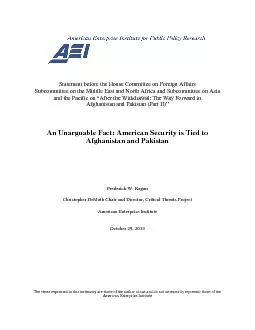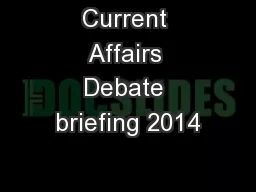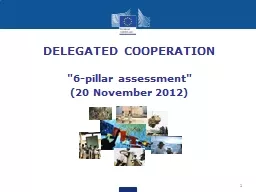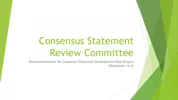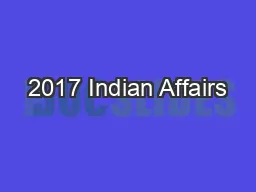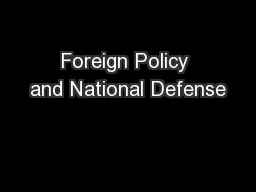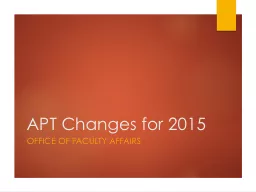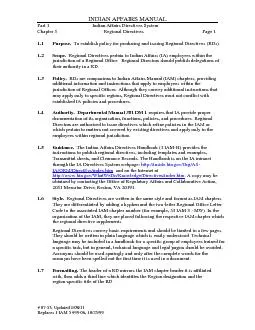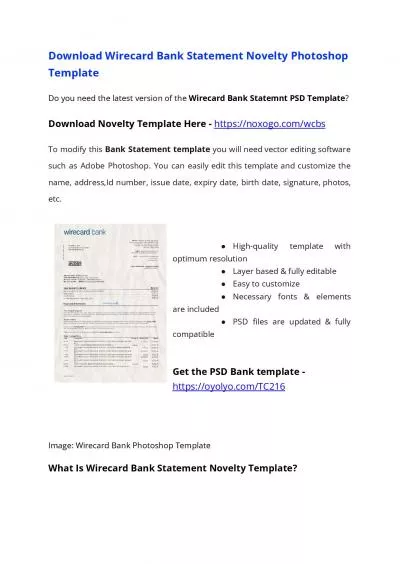PDF-Statement before the House Committee on Foreign Affairs
Author : tatiana-dople | Published Date : 2015-11-22
Subcommittee on the Middle East and North Africa and Subcommittee on Asia and the Pacific on x201CAfter the Withdrawal The Way Forward in Afghanistan and Pakistan
Presentation Embed Code
Download Presentation
Download Presentation The PPT/PDF document "Statement before the House Committee on ..." is the property of its rightful owner. Permission is granted to download and print the materials on this website for personal, non-commercial use only, and to display it on your personal computer provided you do not modify the materials and that you retain all copyright notices contained in the materials. By downloading content from our website, you accept the terms of this agreement.
Statement before the House Committee on Foreign Affairs: Transcript
Download Rules Of Document
"Statement before the House Committee on Foreign Affairs"The content belongs to its owner. You may download and print it for personal use, without modification, and keep all copyright notices. By downloading, you agree to these terms.
Related Documents

